Practise counting to 10 with an engaging board game.
Use One-to-One Correspondence Skills with this Counting Objects Board Game
Can your students count to 10? Strengthen one-to-one correspondence skills with this counting to 10 board game.
Each player chooses a game piece and places it on the start square. Player 1 takes the top card from the deck, counts the objects and moves their game piece to the first number that matches their card. Play continues until each player draws a card that matches the last space on the game board.
Through this activity, students will show they can use one-to-one correspondence and count up to 10 objects.
Tips for Differentiation + Scaffolding
A team of dedicated, experienced educators created this resource to support your maths lessons.
In addition to individual student work time, use this counting game to enhance learning through guided math groups or as a partner activity.
If you have a mixture of above and below-level learners, check out these suggestions for keeping students on track with the concepts:
🆘 Support Struggling Students
Provide assistance to students who need help understanding the concepts by placing counters on each object. Students then push away or collect each item as they count.
➕ Challenge Fast Finishers
For students who need more of a challenge, encourage them to create an addition or subtraction sentence that equals the number on their card.
Easily Prepare This Resource for Your Students
Use the dropdown icon on the Download button to choose between the PDF or editable PowerPoint or Google Slides version of this resource.
Print on card for added durability and longevity. Place all pieces in a folder or large envelope for easy access.
This resource was created by Lindsey Phillips, a Teach Starter Collaborator.
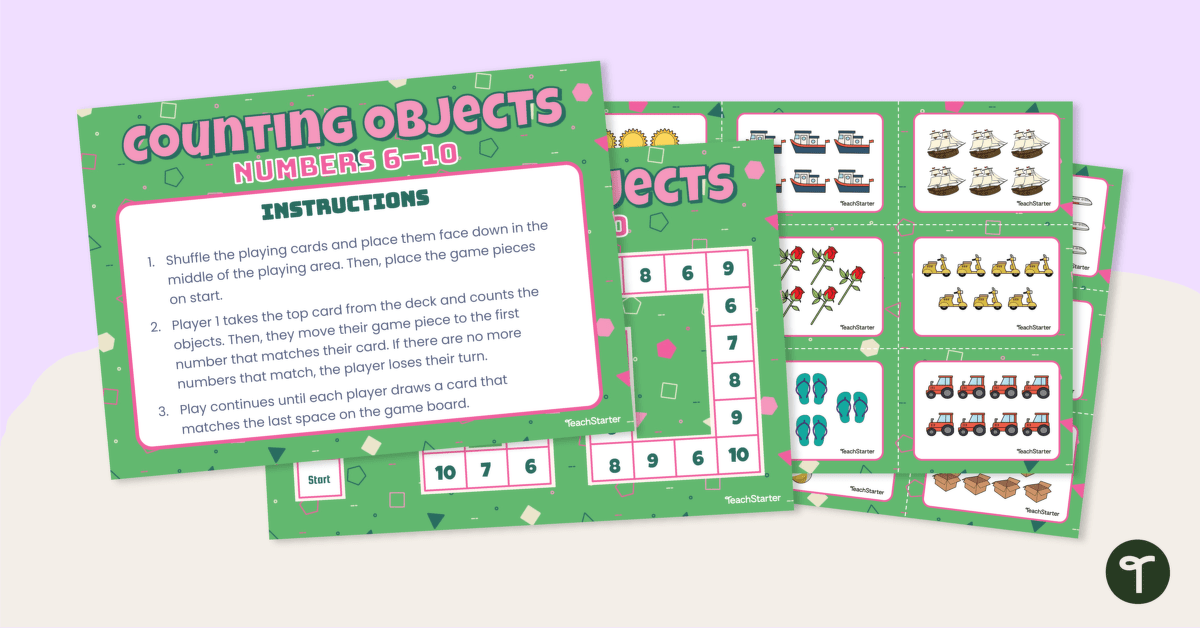


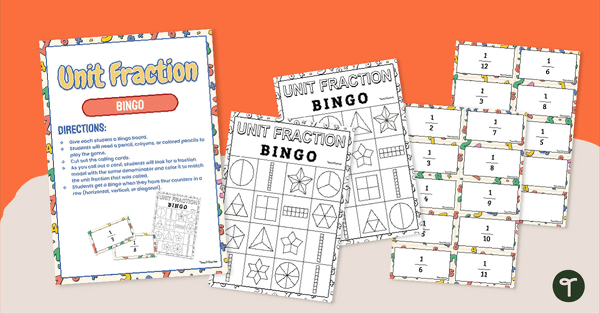
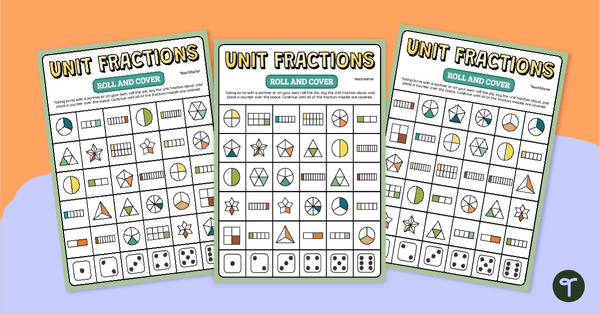

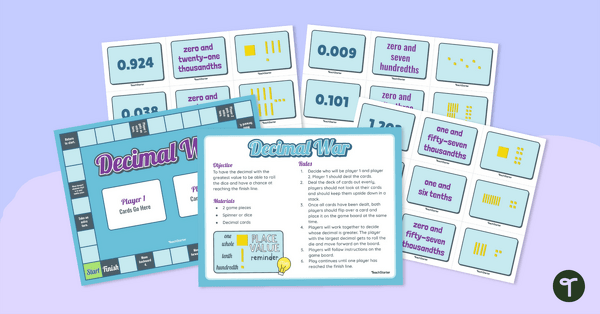
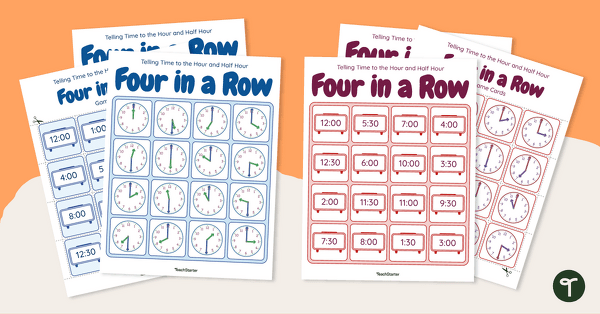
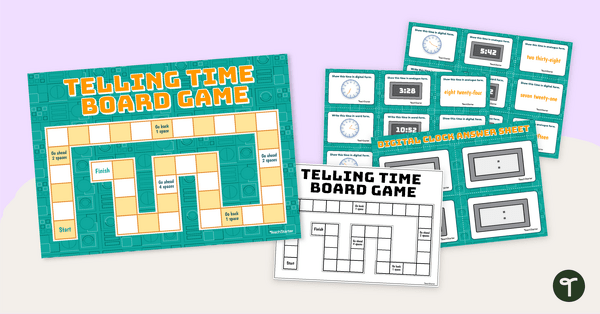
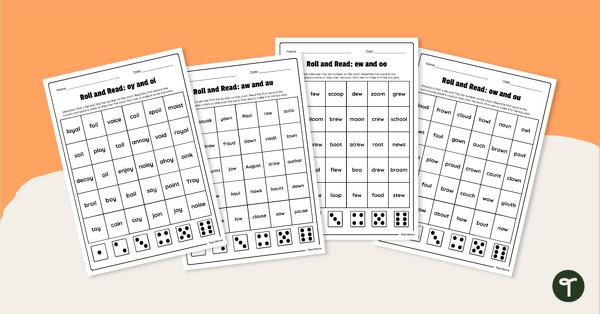
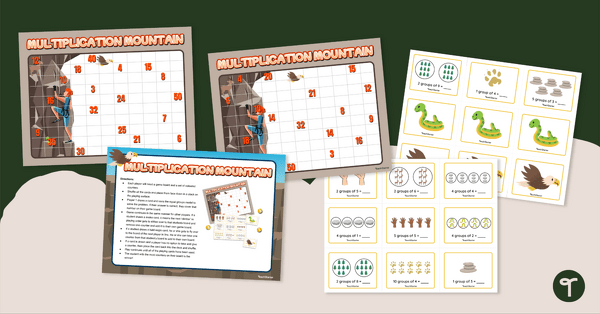
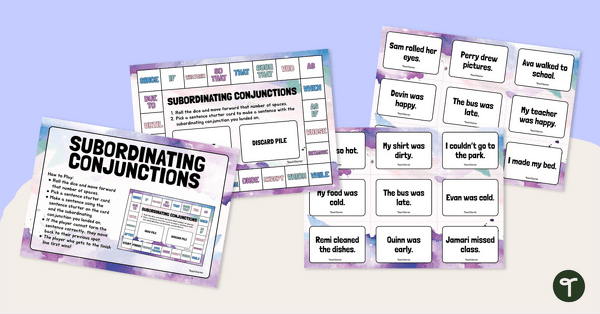
0 Comments
Write a review to help other teachers and parents like yourself. If you'd like to request a change to this resource, or report an error, select the corresponding tab above.